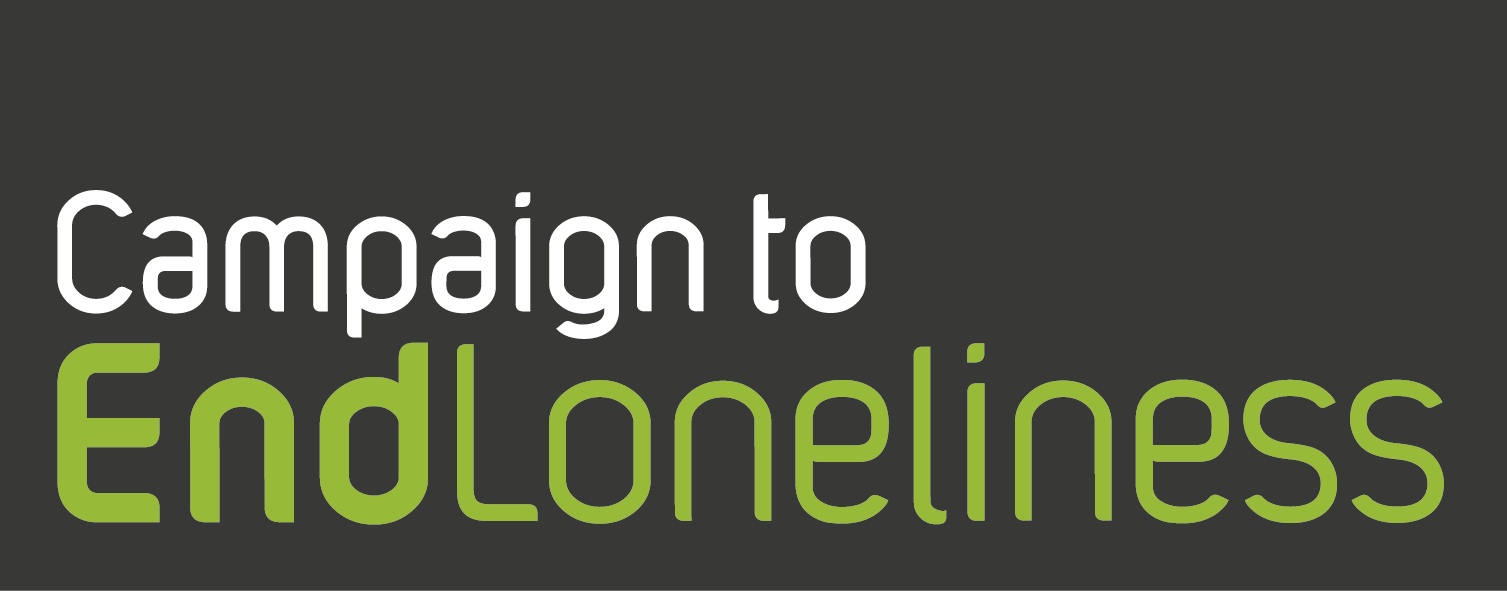After government recommendations in 2018, the ONS undertook a process of scoping and consultation on loneliness measures, of which the Campaign to End Loneliness was a participant. As a result, they recommended the “gold standard” in measuring loneliness is to use both direct and indirect measures of loneliness where possible.
UCLA loneliness scale
They recommend four questions to capture different aspects of loneliness. The first three questions are from the University of California, Los Angeles (UCLA) three-item loneliness scale. The last is a direct question about how often the respondent feels lonely, currently used on the Community Life Survey. Using the UCLA scale ensures that loneliness is being measured using a scale that has been assessed as valid and reliable and the single item allows the respondent to say for themselves whether they feel lonely which provides insight into the subjective feeling of loneliness.
| Recommended measures of loneliness for adults |
| Measures |
Items |
Response categories |
The three-item UCLA
Loneliness scale |
1. How often do you feel that
you lack companionship? |
Hardly ever or never, Some of the
time, Often |
|
2. How often do you feel left
out? |
Hardly ever or never, Some of the
time, Often |
|
3. How often do you feel
isolated from others? |
Hardly ever or never, Some of the
time, Often |
The direct measure of
loneliness |
How often do you feel lonely? |
Often/always, Some of the time,
Occasionally, Hardly ever, Never |
Source: Office for National Statistics
The reason for asking the four questions together is that the stigma of loneliness may mean that people underreport their feelings if asked directly. The other questions help us understand other aspects that contribute to a person’s feelings of loneliness. To get the best understanding of whether someone is feeling lonely, it is recommended you ask all four questions. However, if you only have space for one question you should use the fourth question, ‘How often do you feel lonely?’
Other loneliness measures
In 2015 we published our guidance on measuring loneliness, to detail how to measure your impact on service-users’ levels of loneliness. This guidance introduces three scales and the ways in which you can use them. These scales have been tried and tested in academic studies. In addition to the UCLA scale and one item scale used in the national indicator, our guidance also features two other scales: The Campaign to End Loneliness Measurement tool and The De-Jong Giervald 6-Item Loneliness Scale.
All scales presented and explained in our guidance ask different questions, but produce similarly accurate results. Each scale has its own scoring and interpretation system to use alongside the questions or statements for respondents. In our guidance, we clearly explain how to use each scale effectively.
Campaign to End Loneliness tool
Through extensive research and consultation, we developed The Campaign to End Loneliness Measurement tool. We have kept the questions of the scale positively worded and they do not make explicit mention of loneliness, to be inclusive and as widely useful as possible. Our scale is based on the conceptualisation of loneliness as a subjective state, taking place when there is a mismatch between the social contact we have, and the social contact we want. A statistical evaluation process was conducted on the results, and the tool that was shown to be the most accurate measure of loneliness was selected.
De-Jong Giervald
The De-Jong Giervald scale is sometimes preferred to the national indicator because it separates out different types of loneliness: social and emotional. In this 6-item scale, 3 statements are made about ‘emotional loneliness’ and 3 about ‘social loneliness’. (Social loneliness (SL) occurs when someone is missing a wider social network and emotional loneliness (EL) is caused when you miss an “intimate relationship”. The focus on both emotional and social loneliness produces results that can give insight into why someone might be experiencing loneliness. For example, are they lonely because they’d like larger social networks, or is it because of the loss of a key relationship?
Growing the evidence base on loneliness
Funded by the DCMS, we and the What Works Centre for Wellbeing reviewed the evidence on loneliness alleviation and mapped out current practices in the field. This work aimed to increase our understanding of a) the different types of loneliness interventions, their context, and what makes them effective; b) the factors that enable or limit robust loneliness measurement and what practice examples exist within organisations; and c) recommendations that will improve the quality of evaluations and what should be done by government, sector and research bodies, and delivery organisations.
The work culminated in two reports:
- Evaluation of loneliness interventions (4 September 2023). The report is based on findings from interviews, a survey, and two round table discussions which we used to collect the knowledge, experience and views of nearly 100 professionals working on loneliness.
- Loneliness interventions across the life-course: A rapid systematic review (4 September 2023). This report identifies, collates and synthesises evidence on the effectiveness of loneliness interventions.




